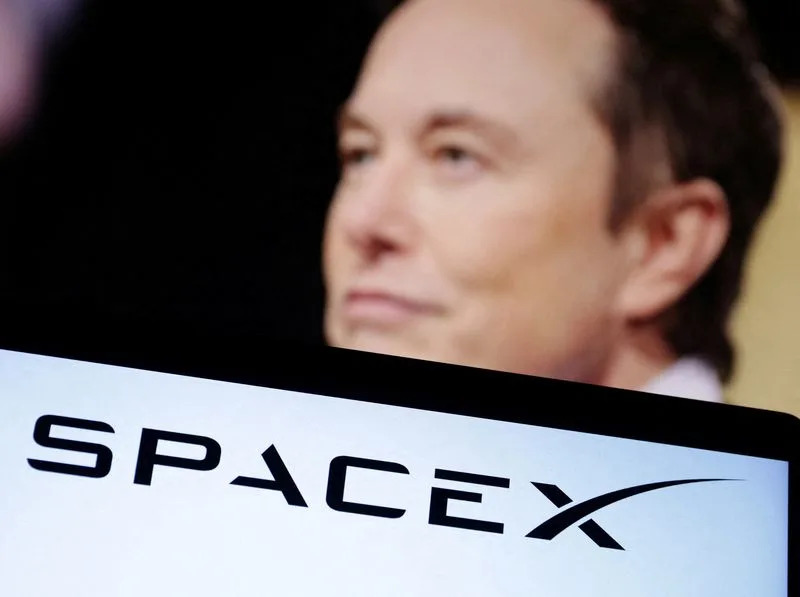SpaceX’s Starship Prepares for Next Test by Deploying Mock Satellites
Elon Musk’s SpaceX is gearing up for its upcoming Starship test flight, which will include a crucial demonstration of the rocket’s ability to deploy payloads in space. According to a recent blog post on the company’s website, the Starship flight from its Boca Chica, Texas facilities, tentatively planned for later this month, will mark the seventh test flight in a series designed to push the boundaries of rocket development.
A Test-to-Failure Approach
The Starship program is following a unique approach to rocket development, where each test flight aims to upgrade and improve upon the previous one. This "test-to-failure" style of development allows SpaceX to rapidly iterate and refine its designs, pushing the envelope in terms of performance and capability.
A Milestone for Reusability
The Starship’s ‘Super Heavy’ first stage booster has already made significant strides towards becoming a fully reusable rocket. In October, the booster returned to its launch pad’s giant mechanical arms for the first time, marking an important milestone in the development process.
Previous Test Flights
The sixth test flight of Starship took place in November, and it was attended by U.S. President-elect Donald Trump. While the mission objectives were largely successful, the landing of Super Heavy was forced to target a water landing on the Gulf of Mexico due to a launchpad problem.
Starship’s Role in Satellite Launch Market
The Starship is poised to become a key player in the satellite launch market, leveraging its incredible power and payload capacity. With its ability to launch huge batches of satellites into low-Earth orbit, SpaceX expects to rapidly expand its Starlink satellite internet network.
NASA Contract for Moon Landing
SpaceX has been contracted by NASA to land U.S. astronauts on the moon using the Starship later this decade. This ambitious project is a testament to the rocket’s capabilities and is a crucial step towards humanity’s return to the lunar surface.
Musk’s Vision for Mars Colonization
Elon Musk, SpaceX’s founder and CEO, has long been an advocate for colonizing Mars. His vision of establishing a human settlement on the Red Planet has gained significant traction in recent years, with the Starship program serving as a crucial step towards making this dream a reality.
A Closer Look at Starlink Simulators
The upcoming test flight will see the deployment of 10 model Starlink satellites, known as "simulators," which are designed to mimic the size and weight of next-generation Starlink satellites. These simulators will serve as a key demonstration of the rocket’s ability to deploy payloads in space.
Key Takeaways
- SpaceX’s upcoming Starship test flight will include the deployment of 10 model Starlink satellites, marking an important milestone for the rocket’s potential in the satellite launch market.
- The Starship program is following a unique "test-to-failure" approach to rocket development, pushing the boundaries of performance and capability with each test flight.
- SpaceX has been contracted by NASA to land U.S. astronauts on the moon using the Starship later this decade, demonstrating its capabilities in a high-stakes mission.
The Future of Satellite Launch
The satellite launch market is an area where SpaceX currently dominates with its partially reusable Falcon 9 rocket. However, with the development of Starship, the company aims to expand its offerings and become a leading player in the industry.
Key Challenges
While the Starship program has made significant progress, it still faces several challenges before becoming operational. Some of these include:
- Developing a fully reusable rocket design
- Scaling up production to meet demand for satellite launches
- Ensuring the safety and reliability of the rocket
The Role of Starship in Colonizing Mars
Musk’s vision for colonizing Mars relies heavily on the development of Starship. With its incredible power and payload capacity, the rocket is poised to play a crucial role in establishing a human settlement on the Red Planet.
Timeline for Mission Objectives
- 2023: SpaceX plans to send its first crewed mission to the moon using the Starship.
- 2024: The company aims to establish a permanent human presence on Mars, with the Starship serving as a crucial component of this effort.
Conclusion
The upcoming Starship test flight marks an important milestone in the development of this ambitious rocket. With its potential to deploy payloads in space and launch huge batches of satellites into low-Earth orbit, SpaceX is poised to expand its offerings in the satellite launch market.
Final Thoughts
As we continue to push the boundaries of space exploration, it’s essential to recognize the significance of projects like Starship. This ambitious program has the potential to revolutionize our understanding of space travel and may ultimately play a crucial role in humanity’s return to the moon and beyond.
By Joey Roulette



